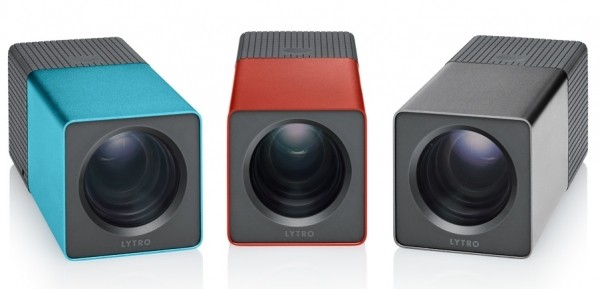Lytro has unveiled the world's first light field camera as a consumer-friendly device. The Silicon Valley start-up teased photographers and the tech savvy with sample images in June which left many in awe, myself included.
The Lytro camera works by capturing the light field, which is described as all of the light traveling in every direction in every point in space, including the color and vector direction. Lytro's light field sensor is able to capture 11 million light rays in a single shot. This data is lost in a conventional camera which simply adds all of the light rays and records them as a single amount of light.
This data can then be manipulated inside the camera, on a computer and even online. At launch, only a Mac application will be available for computer manipulation. A Windows version will follow soon after, as will support for 3D viewing.

The Lytro camera looks more like a child's kaleidoscope than a consumer digital camera. The device is 4.4-inches long and 1.6-inches square with only two buttons, a power button and a shutter button. The lens remains constant at f/2 aperture and there is an 8x optical zoom controlled by a touch-sensitive strip. Additionally there is a USB port to upload photos to your computer. The camera lacks a built-in flash but is said to perform well in low light conditions. There is also no removable battery or storage; everything remains inside.
So what does all of this technical jargon mean to end users? Essentially you have an easy-to-use camera that eliminates the need to focus your shots. You can adjust the focus after the fact, and so can anyone else.
Lytro offers an 8GB version that can hold 350 pictures for $399. A 16GB model that can store up to 750 images can be yours for $499. Pre-orders are being accepted now and cameras are expected to ship in early 2012.